Industry information
Company News
- Unveiling the unique charm of hyperbolic aluminum veneer
- Aluminum veneer customization, creating a new trend of personalized space
- Exploring the Charm and Secrets of Hyperbolic Aluminum Veneer
- Aluminum veneer: the fashionable outerwear of modern architecture
- Aluminum veneer punching, a perfect fusion of art and practicality
Industry dynamics
- Design and expressive power of 3mm aluminum veneer
- Aluminum veneer customization, creating a new trend of personalized space
- Aluminum veneer: the 'invisible star' of the construction industry
- Aluminum veneer injects fashionable elements into buildings
- Punched aluminum veneer: the aesthetic choice of modern architecture
Frequently asked questions
- What is the seismic performance of aluminum veneer in building exterior design?
- Can aluminum veneer be used for building insulation design?
- Is the production process of aluminum veneer environmentally friendly?
- How does aluminum veneer provide the weather resistance required for modern buildings?
- Can the insulation function of aluminum veneer reduce the energy consumption of buildings?
contact us
Mobile:+86 15627778610
Email: 2201229786@qq.com
Address: No. 5 Binjiang Road, High tech Zone, Zhaoqing City, Guangdong Province
How can aluminum veneer meet the waterproof performance requirements of modern buildings?
- Author: Jinba Aluminum Industry (Guangdong) Co., Ltd
- Release time: 2022-03-14 08:14:59
- Click:0

The demand for waterproof performance in modern architecture is increasing, andAluminum veneerAs a new type of building material, it also needs to have good waterproof performance to meet this requirement. This article will provide a detailed introduction from multiple perspectives on how aluminum veneer meets the waterproof performance requirements of modern buildings.
1、 Surface treatment
The surface treatment of aluminum veneer is one of the important means to ensure its waterproof performance. Generally speaking, the surface of aluminum veneer is treated with fluorocarbon spraying, anodizing and other processes to improve its corrosion resistance and wear resistance. These processing techniques can not only increase the surface hardness and glossiness of aluminum veneer, but also form a dense oxide film, effectively preventing moisture from penetrating into the interior of the aluminum veneer.
2、 Sealing strip
During the installation process of aluminum veneer, it is necessary to use sealing strips to fill the gap between the aluminum veneer and the keel to prevent moisture from penetrating into the interior of the aluminum veneer. Generally speaking, sealing strips should be made of materials with good water resistance and weather resistance, and undergo strict quality control and testing to ensure their waterproof performance and service life.
3、 Structural Design
The structural design of aluminum veneer is also an important factor in ensuring its waterproof performance. Generally speaking, the structure of aluminum veneer should have high strength and stiffness to ensure that it is not easily deformed or cracked under the influence of factors such as water pressure and temperature changes. It is also necessary to install sound insulation or thermal insulation layers between the aluminum veneers to reduce the evaporation and condensation of moisture caused by air circulation.
4、 Material selection
The material selection of aluminum veneer is also an important factor in ensuring its waterproof performance. Generally speaking, high-quality aluminum with high water resistance and corrosion resistance should be selected as the raw material for aluminum veneer, and appropriate surface treatment processes should be adopted to improve its water resistance and corrosion resistance. Aluminum veneers of different thicknesses and shapes can also be selected according to specific needs to meet different building requirements.
Aluminum veneer can meet the waterproof performance requirements of modern buildings through multiple means such as surface treatment, sealing strips, structural design, and material selection. Only by fully considering these factors and taking corresponding measures for optimization and control, can the advantages of aluminum veneer be fully utilized to provide safer, more aesthetically pleasing, and environmentally friendly solutions for buildings.
- previous page:Aluminum veneer cleaning and maintenance guide
- Next page:Aluminum veneer color matching guide

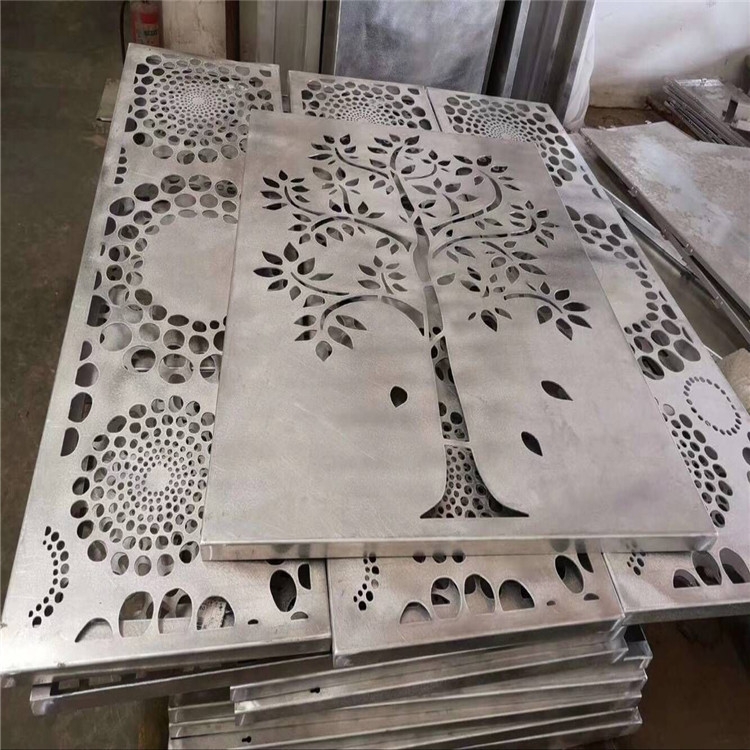
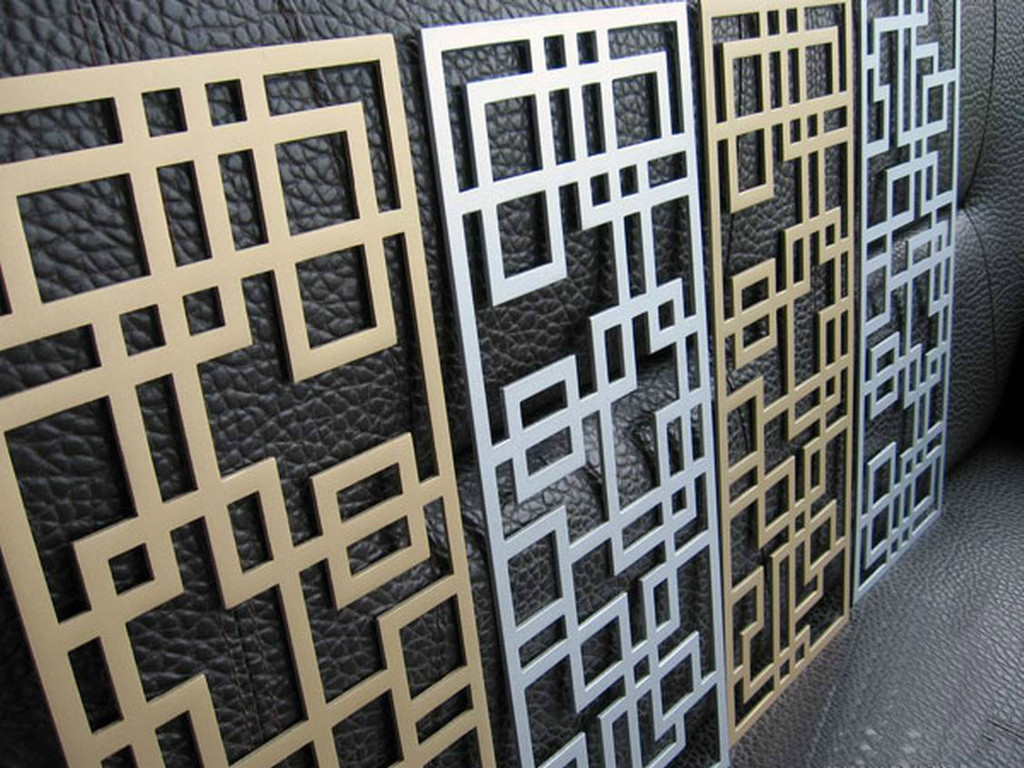
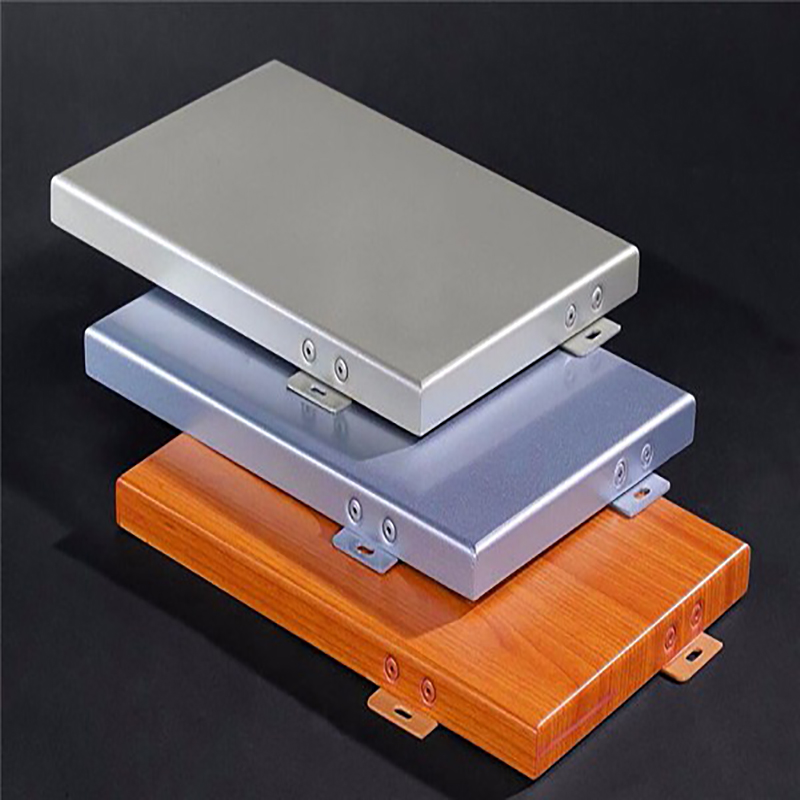
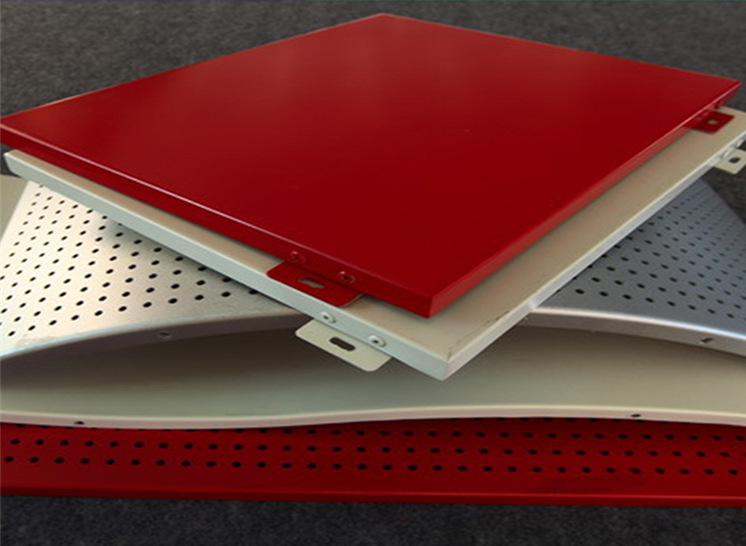
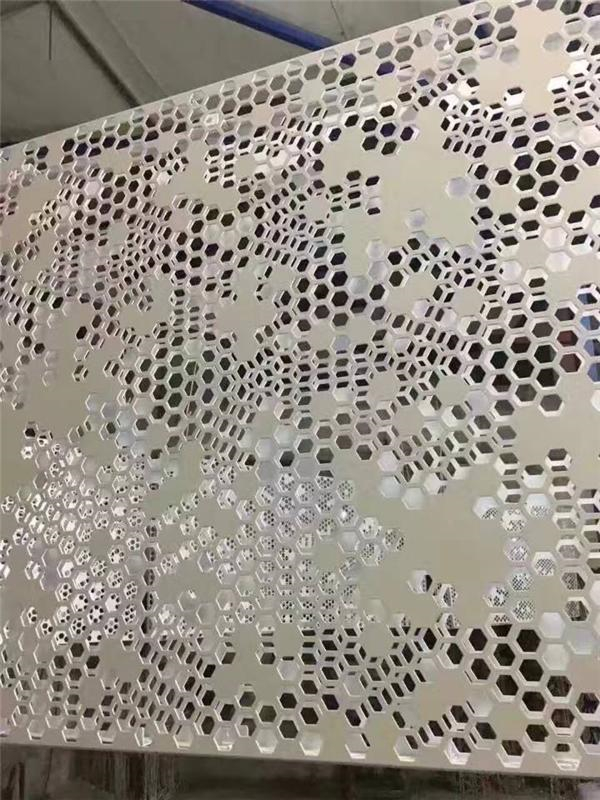
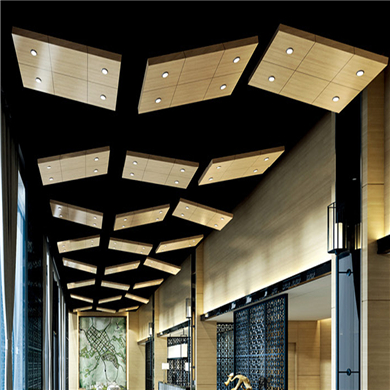
 Customer service QQ
Customer service QQ